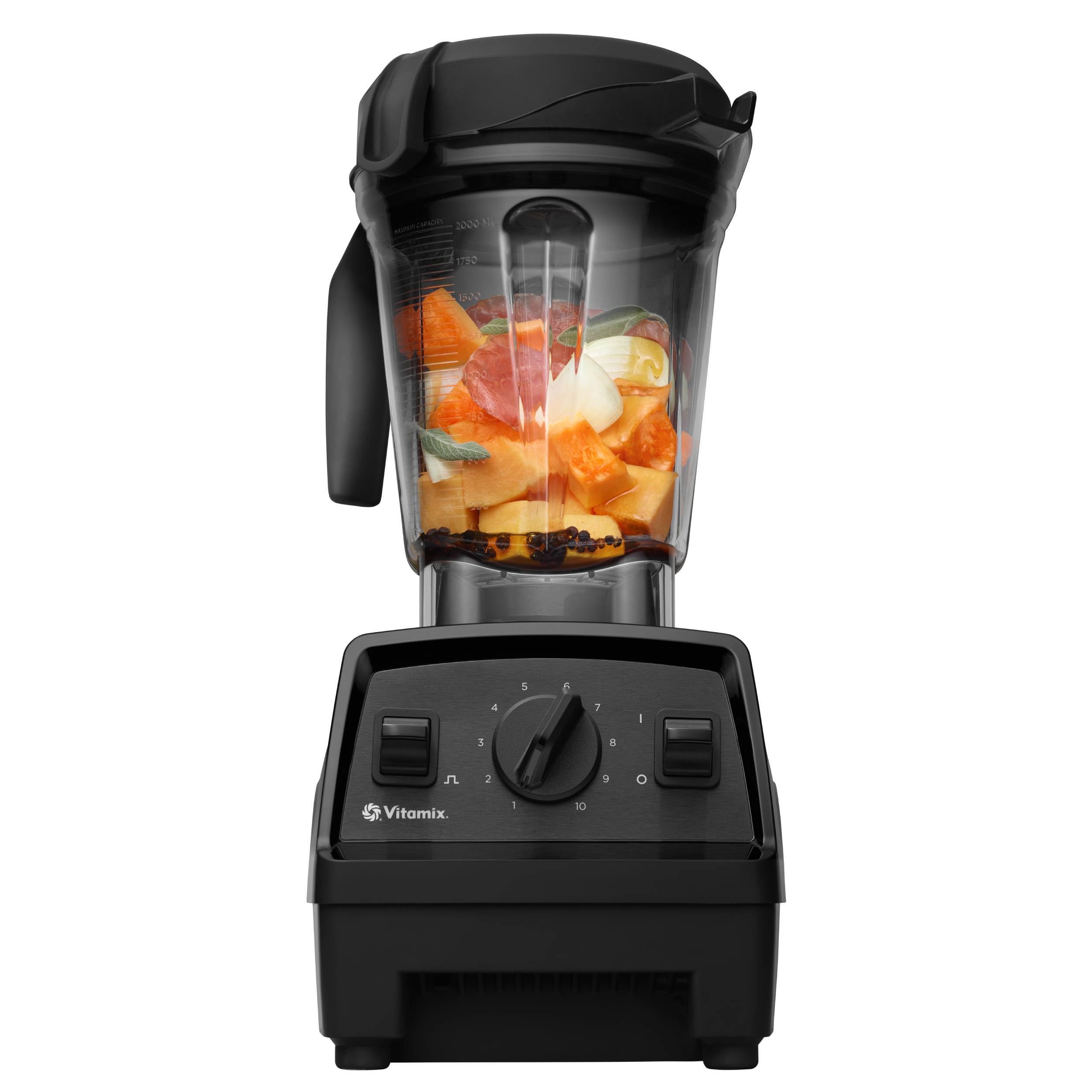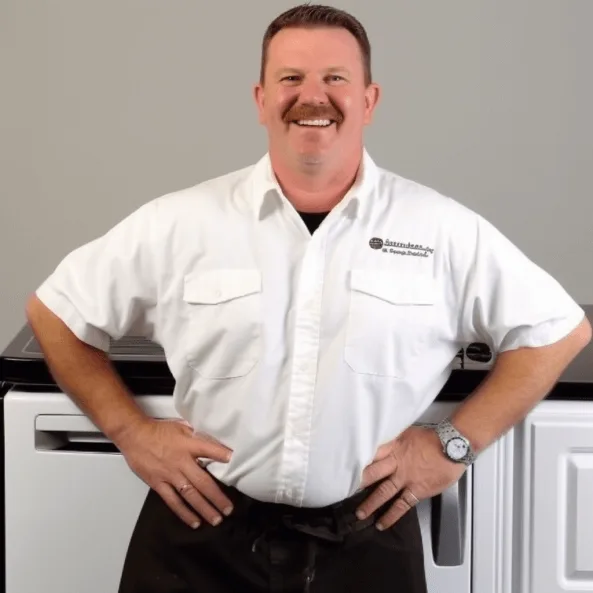Have you ever opened your freezer only to find everything thawed and mushy? It’s a frustrating situation that can lead to wasted food and money. Understanding why your freezer might stop working is crucial to preventing this from happening again.
Key Takeaways
- Freezer Mechanics: A freezer operates by removing heat through essential components like the compressor, evaporator, condenser, and refrigerant for effective cooling.
- Common Issues: Frequent malfunctions can stem from power supply problems, a faulty thermostat, and dirty condenser coils, all of which are straightforward to diagnose and fix.
- Regular Maintenance: Cleaning the freezer and its coils regularly, along with monitoring the temperature, are crucial steps to ensure optimal performance and prevent breakdowns.
- When to Seek Help: Signs that indicate a need for professional assistance include persistent temperature issues, unusual noises, and frequent cycle problems or electrical troubles.
- Safety Precautions: Always unplug the freezer before performing maintenance or cleaning tasks to ensure safety and prevent electrical hazards.
Overview of Freezer Functionality
Understanding how a freezer works helps you troubleshoot when it stops working. A freezer operates by removing heat from its interior, creating a colder environment. This process relies on several key components, including the compressor, evaporator, condenser, and refrigerant.
Key Components of a Freezer
- Compressor: This motor compresses refrigerant gas, raising its pressure and temperature. When you hear a humming sound, the compressor is active.
- Evaporator: Inside the freezer, the evaporator coil absorbs heat from the contents, causing the refrigerant to evaporate and cool the air.
- Condenser: The condenser releases the heat absorbed from the freezer’s interior to the outside air. It’s often found at the back or bottom of the appliance.
- Refrigerant: This substance circulates through the system, changing from liquid to gas and back. It plays a crucial role in transferring heat.
Temperature Control
A thermostat monitors the temperature inside the freezer. When the temperature rises above the set level, the thermostat activates the compressor to cool things down.





Airflow and Circulation
Good airflow inside the freezer ensures even cooling. If items block vents, airflow becomes restricted, leading to uneven temperatures and potential freezing issues.
Energy Source
Most freezers operate on electricity. Power supply interruptions can halt their functionality. Backup generators or uninterruptible power supplies (UPS) can help maintain function during outages.
Common Functionality Issues
Familiarity with how freezers work prevents unnecessary frustration. If your freezer stops working, check for common issues like:
- Power Supply Problems: Ensure the unit is plugged in and the outlet is functioning.
- Dirty Coils: Clean the condenser coils at least yearly to maintain efficiency.
- Thermostat Settings: Confirm the thermostat is set appropriately.
- Blocked Vents: Ensure air circulation is unhindered by food items.
By understanding these essential functions and components, you’re better equipped to identify issues when your freezer malfunctions.
Most Common Causes for a Freezer to Stop Working
Understanding why your freezer stops working helps you troubleshoot the issue effectively. Here are the most common causes of freezer malfunctions.





Power Supply Issues
Power supply issues often trigger freezer failures. Check the following:
- Plug Connection: Ensure the freezer’s plug is securely inserted into the outlet.
- Outlet Functionality: Test the outlet with another appliance to confirm it works.
- Circuit Breaker: Inspect the circuit breaker; it may need to be reset if tripped.
Faulty Thermostat
A faulty thermostat disrupts temperature regulation. To diagnose this issue:
- Temperature Settings: Verify that the thermostat is set correctly. Recommended settings are typically around 0°F (-18°C).
- Testing the Unit: If the freezer runs continuously or doesn’t run at all, it could indicate a malfunctioning thermostat.
- Replacement: Consider replacing the thermostat if it’s defective. Refer to the manufacturer’s manual for instructions.
Dirty Condenser Coils
Dirty condenser coils hinder heat dissipation, causing the freezer to overheat. Follow these steps to clean the coils:
- Locate the Coils: Find the condenser coils at the back or beneath the freezer.
- Unplug the Unit: Always unplug the freezer before cleaning to ensure safety.
- Clean Thoroughly: Use a vacuum cleaner or a brush to remove dust and debris. Clean coils improve efficiency and extend the freezer’s lifespan.
By addressing these common issues, you can maintain the functionality of your freezer and avoid food spoilage.
Maintenance Tips to Prevent Freezer Problems
Regular maintenance ensures your freezer operates efficiently and prevents common issues. Follow these tips to keep your freezer problem-free.





Regular Cleaning
Clean your freezer’s interior and exterior regularly. Dust and debris can accumulate, especially around the condenser coils. Wipe down the interior surfaces with a mixture of warm water and mild soap. Remove any spills immediately to prevent odors and mold.
Check and clean the condenser coils every six months. Use a vacuum or a coil cleaning brush to remove dust buildup. Dirty coils make the compressor work harder, leading to efficiency loss and potential breakdowns.
Temperature Monitoring
Monitor your freezer’s temperature regularly. The ideal temperature is 0°F (-18°C). Use a refrigerator thermometer for accurate readings. If the temperature fluctuates, check the thermostat setting. It might require adjustment or replacement.
Consider a temperature alarm for added safety. These devices notify you if the temperature rises above a certain level, allowing you to address issues before food spoilage occurs.
When to Call a Professional
You may face situations when your freezer needs expert attention. Recognizing these moments helps prevent further damage and preserves your food.
Persistent Temperature Issues
If the temperature remains inconsistent despite your adjustments, it’s time to call in a professional. An uneven temperature can signal a malfunctioning thermostat or compressor.
Unusual Noises
If your freezer produces strange sounds, such as banging or grinding, professional assistance is important. These sounds often indicate serious mechanical problems that require immediate attention.
Frequent Cycle Issues
If your freezer frequently cycles on and off, you should reach out for help. This behavior may point to issues with the compressor or the defrost timer.
Signs of Electrical Problems
If you notice flickering lights or tripped breakers when the freezer operates, contact an electrician. Electrical issues can be dangerous and may signal underlying problems.
Refrigerant Leaks
If you detect a chemical smell or see signs of frost buildup, call a technician. Refrigerant leaks can be harmful and require specialized handling to correct.
Persistent Frost Build-Up
If frost continues to accumulate in your freezer despite proper maintenance, seek professional help. This may indicate a problem with the door seal or the defrost heater.
Food Spoilage
If your food frequently spoils, get a technician’s assistance. This situation might suggest that your freezer isn’t maintaining the right temperature, which may cause food safety issues.
DIY Attempts Unsuccessful
If troubleshooting steps don’t resolve the problem, consult a professional. Sometimes, DIY fixes only lead to more complications, making expert intervention necessary.
Conclusion
Understanding why your freezer might stop working can save you a lot of hassle and food waste. By keeping an eye on common issues like power supply problems and dirty coils you can take proactive steps to maintain its efficiency. Regular cleaning and monitoring the temperature are simple yet effective ways to ensure your freezer runs smoothly.
If you notice any persistent issues it’s always best to consult a professional. They can help identify more complex problems that might not be easily fixable on your own. With a little care and attention your freezer can continue to keep your food fresh for years to come.
Frequently Asked Questions
What causes a freezer to stop working?
A freezer can stop working due to various issues, including power supply problems, a faulty thermostat, dirty condenser coils, or blocked airflow vents. These factors can disrupt the cooling process, leading to thawed and spoiled food.
How can I troubleshoot freezer issues?
To troubleshoot, first check the power supply, ensuring the plug is connected and the outlet works. Next, verify the thermostat settings and clean the condenser coils. If problems persist, consider consulting a professional for further assistance.
How often should I clean my freezer?
It’s recommended to clean your freezer every six months. Focus on cleaning the interior, exterior, and particularly around the condenser coils to ensure efficient operation and prevent potential issues.
What temperature should my freezer be set at?
The ideal freezer temperature is 0°F (-18°C). Regularly monitor the temperature using a thermometer to ensure safe storage and prevent food spoilage.
When should I call a professional for freezer issues?
You should consult a professional if you encounter persistent temperature inconsistencies, unusual noises, frequent cycling, or signs of electrical problems. Also, consider expert help if you spot refrigerant leaks or ongoing food spoilage after troubleshooting.

Hey, I’m Jake. I focus on cooling systems at Appliance Mastery, like fridges, freezers, and air conditioners.
I’ve worked in appliance repair for more than ten years and I’m certified through NASTeC. I’ve seen just about every fridge issue you can imagine.
My goal is to help you fix problems without stress. Whether it’s a freezer that won’t cool or an AC that keeps beeping, I’m here to walk you through it.
